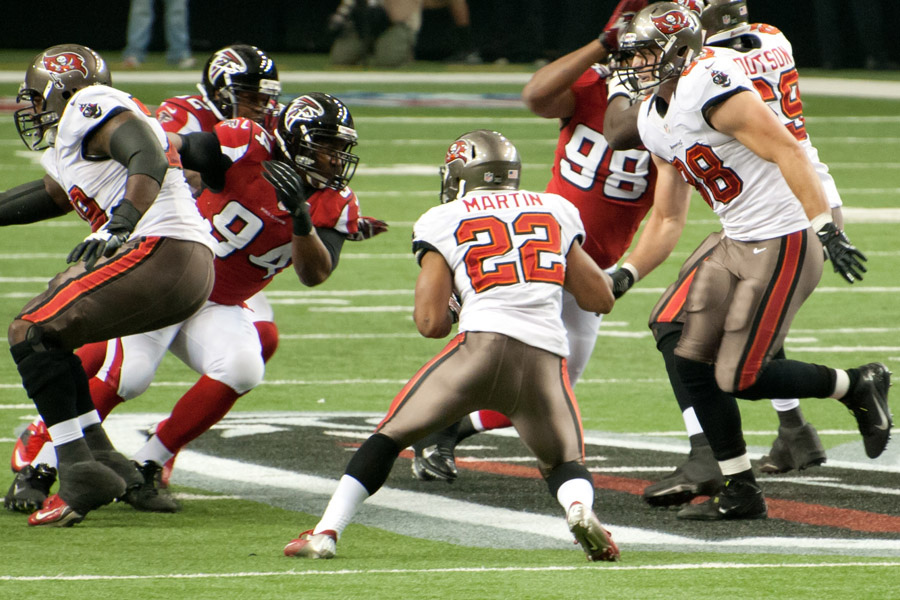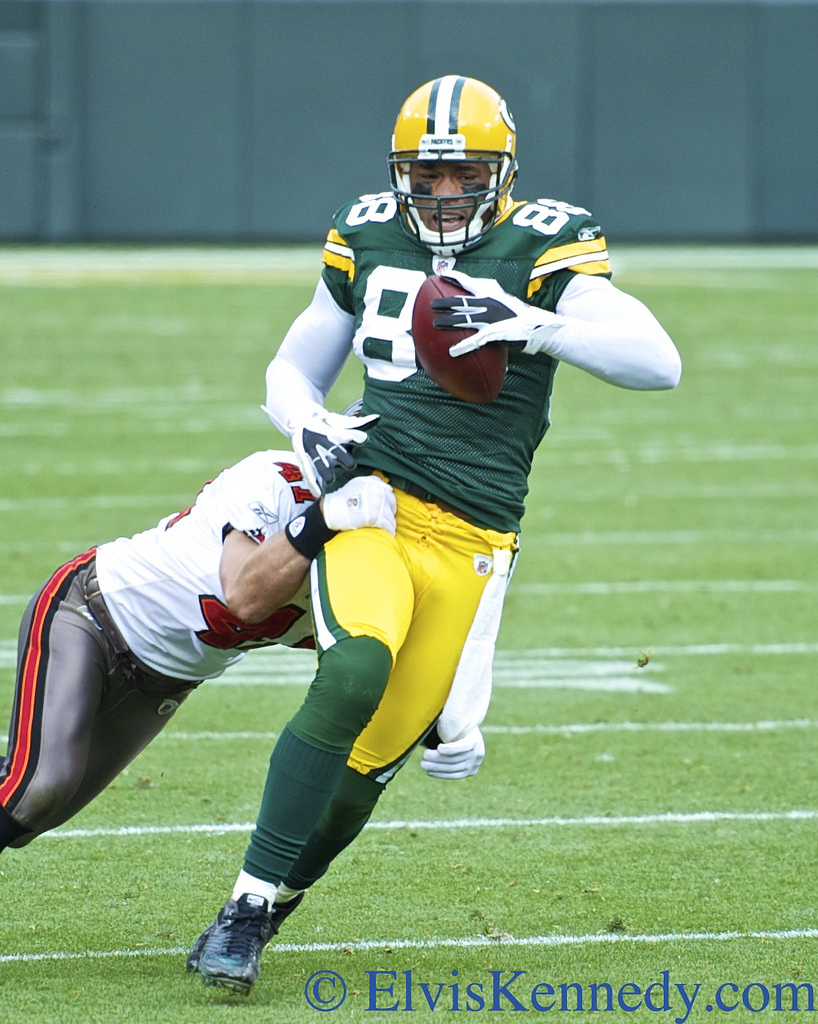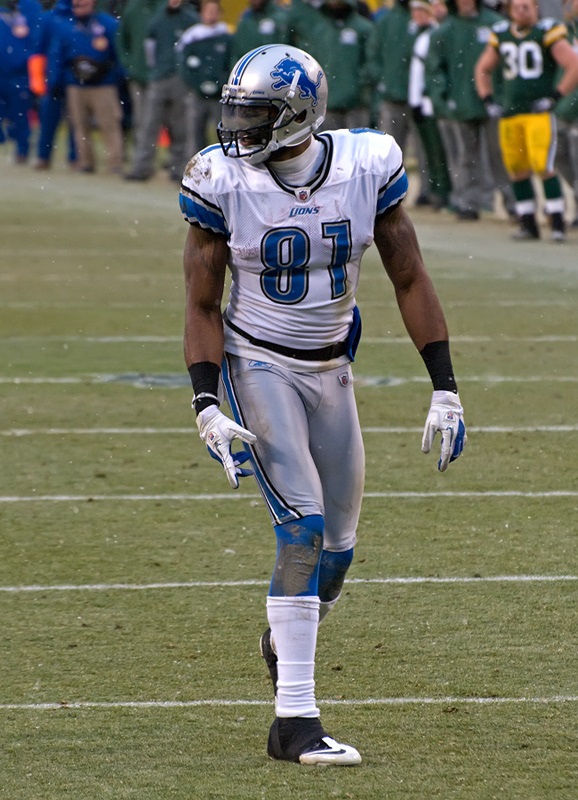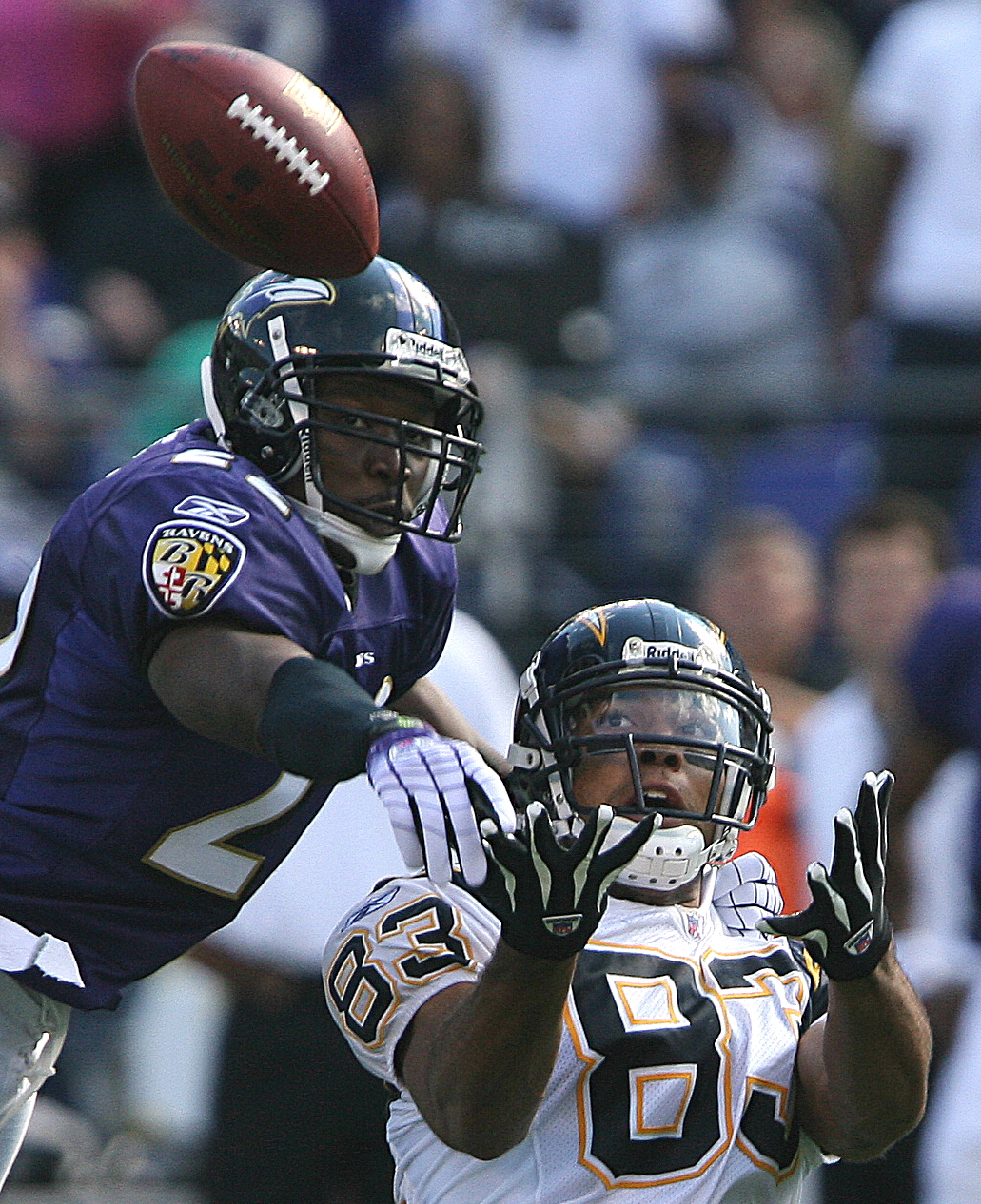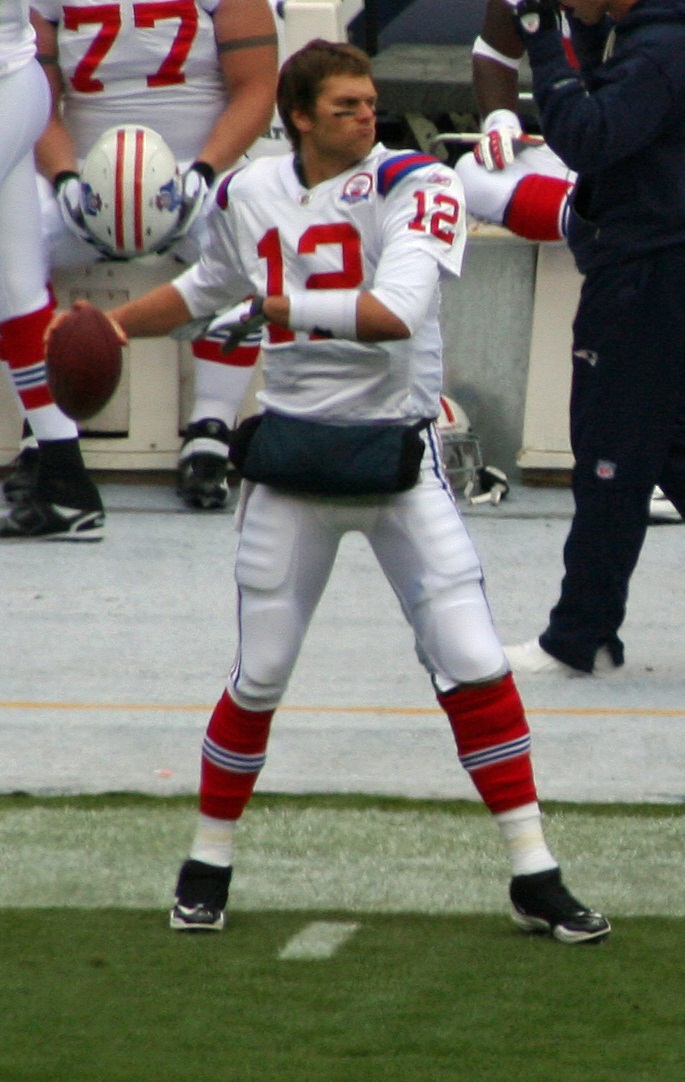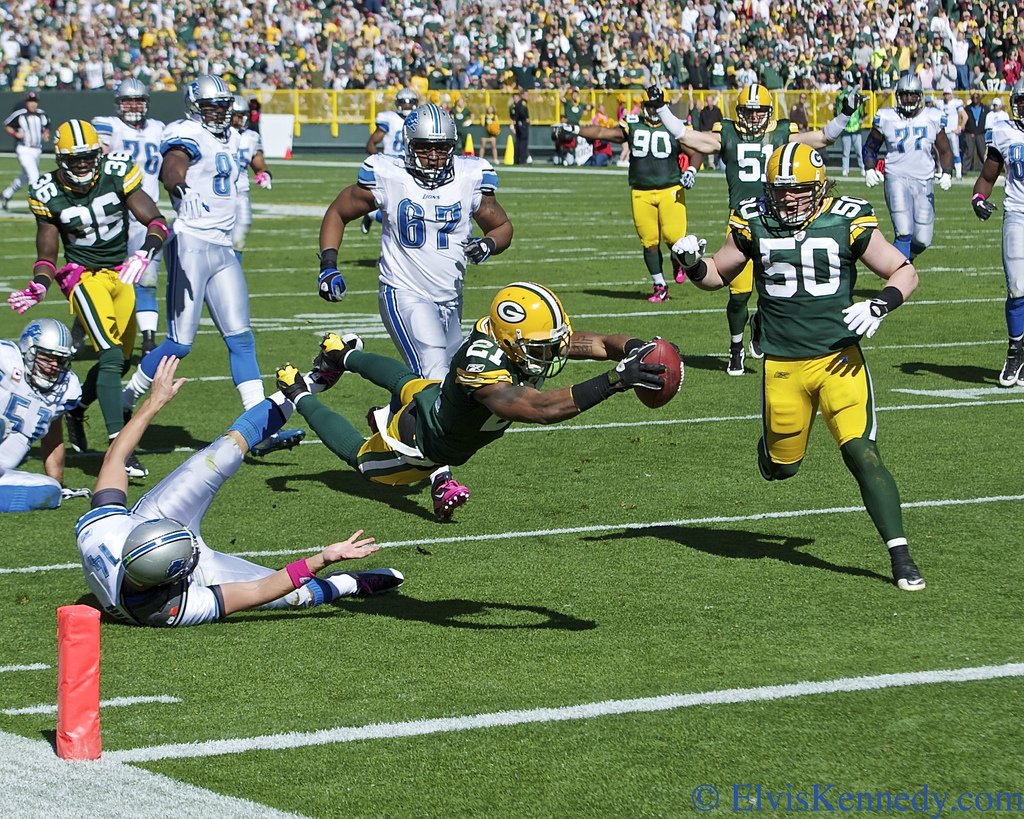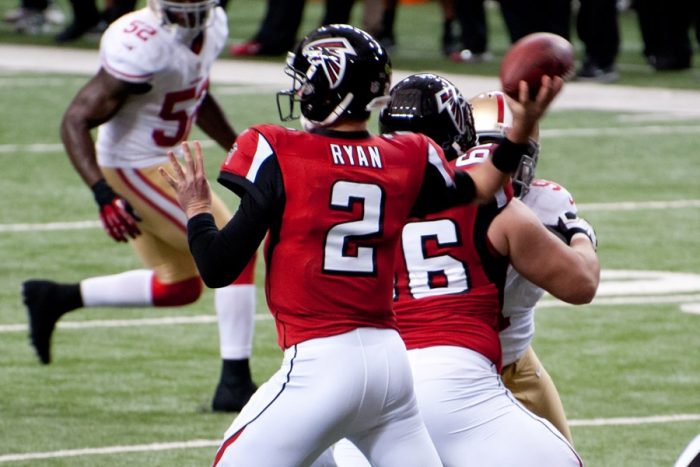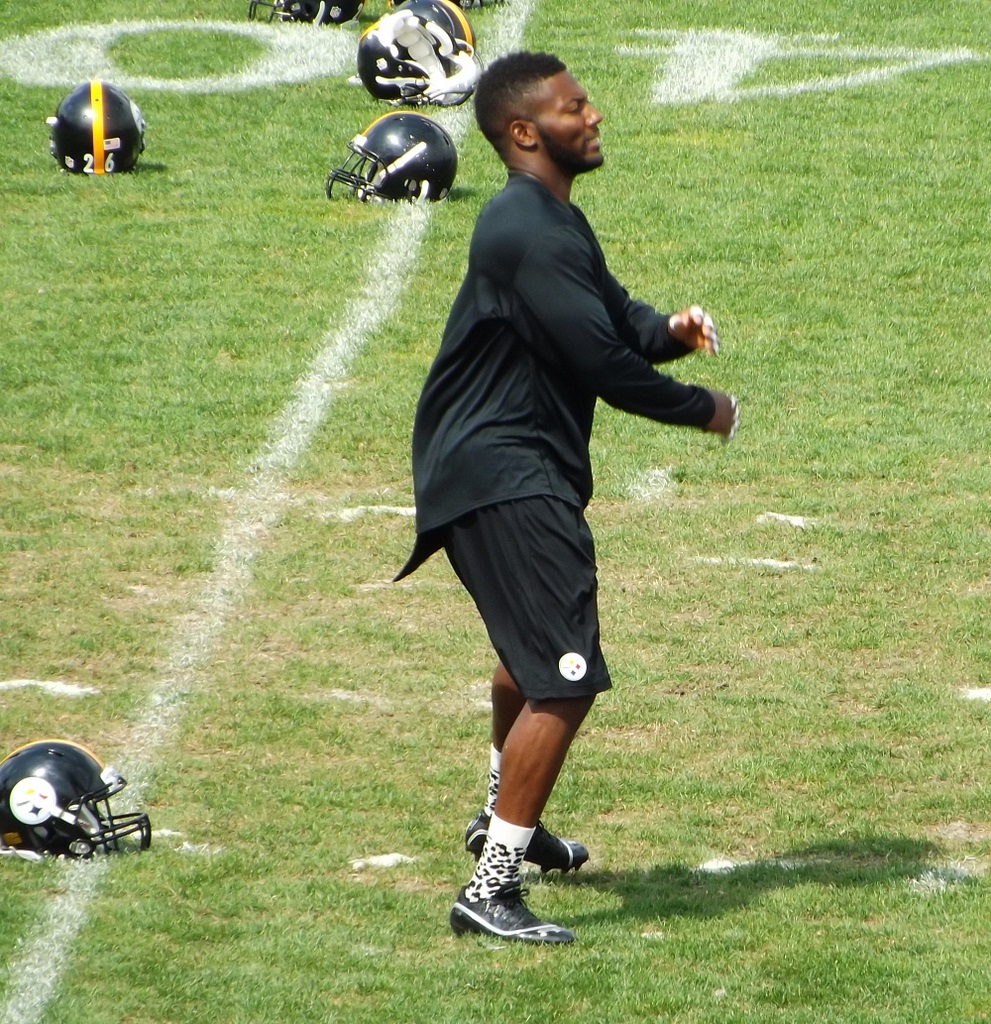
Views
[youtube=http://youtu.be/VQm5gNo-5Vo]
A Message From Chet Gresham: Fake Football Writing Contest
Hello all you fake football writers and aspiring writers! Welcome to our 2013 writing contest. We’ll have prizes, guest judges, and a whole lot of fake football ideas being thrown around in a nice and orderly fashion. First off, let me thank our sponsors DraftDay and FantasyPros. Both great sites that I use more than the average obsessed fake footballer. Second off, you may ask, what’s in this for me!? Details here.
Thanks
I’f you’re new to the blog, I make it a habit to post a mix of content on Friday and thank my readers for hanging around.
I don’t know when he broached this idea but Ryan Riddle conducted an informal survey of his Twitter followers, asking them to name “the best football sites out there.” Riddle didn’t specify what type of content – fantasy, stats, scouting, news, or strategy – he just wanted what first came to mind. Each person gave their top three sites in order.
Riddle released a list of 71 sites this week and the list is a strong group. I didn’t know about the survey so I didn’t vote. However I was glad there were folks who voted for sites like Coach Huey and Blitzology – two lesser known sites to the general public, but excellent resources for a lot of writers contributing content to sites higher on the list.
I expected to see Football Outsiders and Footballguys place high on the list and readers didn’t disappoint – rating them 3rd and 7th among all sites, respectively. I was delighted to see that this site you’re reading placed 24th overall – tied with ESPN, X and O Lab, Draft Calc, and Cat Scratch Reader – and even earned a first-place vote.
I didn’t expect to see the RSP blog on the list, so it was a pleasant surprise to be in the top-third of a list as esteemed as this one. Thank you all for following my blog, sharing what you like, and buying the Rookie Scouting Portfolio publication.
If you haven’t bought the RSP before, I can say with pride that you’ll get as much out of it as I put into it – and I put everything I can into it. My readers will tell you they love it. If you’re on the fence, I am confident that you’ll realize this is one of those cases where there’s little hype to what I’m saying here. Plus, I donate 10 percent of each sale to Darkness to Light, a non-profit whose mission is to prevent and combat sexual abuse through community training and awareness.
Download the RSP now and know that with your purchase, you also get access to the 2013 Post-Draft publication that comes with it. At the very least, follow this blog click on the link on the left to follow and you’ll receive email updates when I post new articles that give you a taste of the analysis and detail put into the RSP publication. Then consider supporting the site (and do yourself a favor at the same time) by downloading the publication.
Football Reads
If the name Cian Fahey sounds familiar to you but can’t place it, setting in for some nice reads from the football writer who has been a part of two RSP Writers Projects and has most helpful providing updated spreadsheets tot the writers so we didn’t have too many duplicate draft picks. What I admire about Fahey as a football writer is that he isn’t afraid to take a stance that might earn him criticism, but it’s not something he does for the sake of attracting eyeballs to his work. You can follow Cian on Twitter at @Cianaf.
Moreover, I recommend checking out his blog Pre-Snap Reads. Here are a few pieces I enjoyed reading this week:
- Steven Jackson, The Atlanta Falcons, and The Benefit of Being an Afterthought
- Gus Bradley, Dion Jordan, and Building the Jaguars’ Defensive Line
- Casey Hayward: The Numbers, The Tape, The Verdict – This piece is from his Defensive Back Database. Some super in-depth analysis (and that’s coming from me).
Bonus Football Read
- George, Visger, The Damage Zone – Patrick Hruby’s profile on Visger is a heartbreaking read, but he mainlines the truth about pro football players and the complex relationship they have with the sport.
Non-Football Reads
- Animal Behaviorist: We’ll Soon Have Devices That Let Us Talk to Our Pets – My wife once told me when were dating that my (now deceased) cat Mookie was a sweet guy and very smart, but warned me that if he ever started talking she was leaving and not coming back. I think this also goes for my cat Zookie, who she once told to “get a job” after shooing him off the new couch and two days later when I saw him sitting next to her, she explained that he “got a job” (he brought her a bird) so she had no choice but to indulge him. Still, if a device becomes readily available I doubt it will ever be allowed in our house. Plus, I’m pretty sure Zookie curses and speaks in slang neither of us would understand.
- When The Beautiful Game Turns Ugly – A must-read by Wright Thompson. It’s not a comforting story, but it’s a great one because as much as the world has changed the elements that generate hate remain in place and easy to exploit.
- Michael Jordan Has Not Left the Building – When you read a piece about an icon like Jordan and almost feel sorry for him because of his difficulty turning off the competitive switch as well as gaining insight to what makes him far more human now than what we were allowed to see in the `80s and `90s, you know Thompson did a fine job.
- Six Key Foods to Help Regulate Sleep – Former GM Ted Sundquist has a football site. I’m sure there’s other fine material to mine, but this piece about food and regulating sleep patterns by guest writer Christine Jones caught my eye first.
Views
I didn’t hear about this controversy regarding the Cheerios commercial this week (I was too busy reading about hatred and stupidity in Italy) to notice that we had our own example of parts of our country not quite ready to look at the world as a collection of human beings as individuals.
[youtube=http://youtu.be/kYofm5d5Xdw]
Great commercial and good for you, General Mills for standing behind it.
Listen-View
[youtube=http://youtu.be/KNa3gZfQfH0]
If you’re not used to the constant pause-rewind of football tape this could leave you jittery, but the chance to listen to Alex Gibbs talk about zone blocking is good stuff. H/T Chris Brown.
Coming Soon
- More 2014 prospect articles
- More 2013 camp watch pieces
- A study on quarterbacks with dynasty leagues in mind at Footballguys
